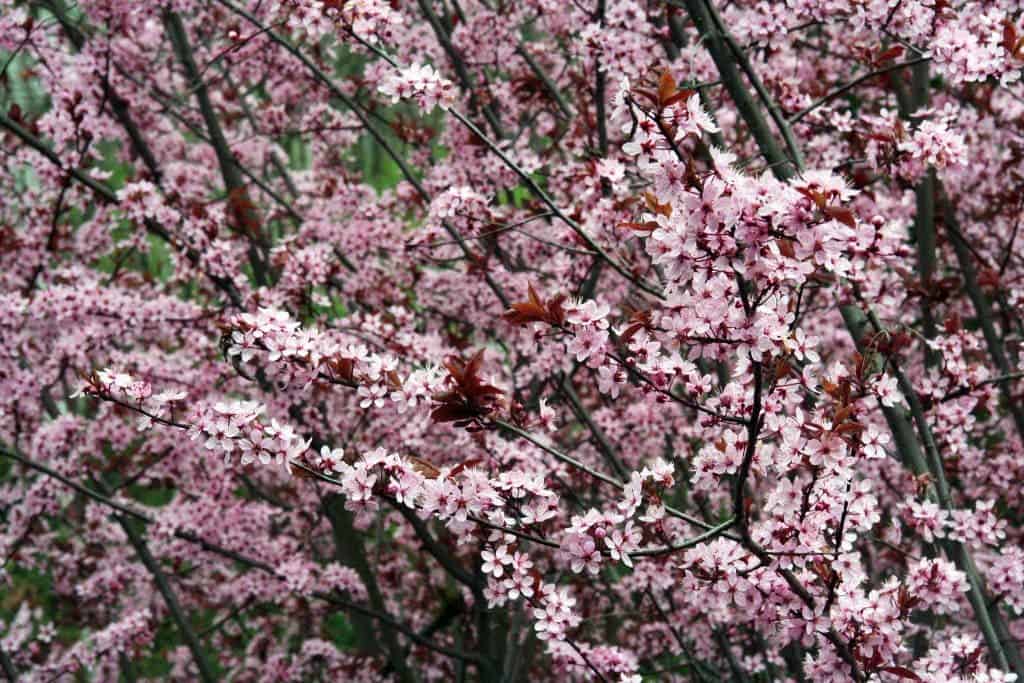Every spring, thousands of visitors rush to see the cherry blossoms in Japan, trying to catch the pink petals at peak bloom. But climate change is already having an impact on the visitors’ plans, making trees blossom faster and faster.

It’s not just Japan. The trees have already reached peak flowering in several cities in the US as well. However, the case of the Japanese city of Tokyo is significant because it just recorded its earliest bloom for over 1,200 years. This didn’t come out of the blue, it’s part of a longer-term trend of the trees flowering earlier, with climate change largely behind the trend.
“Evidence, like the timing of cherry blossoms, is one of the historical ‘proxy’ measurements that scientists look at to reconstruct past climate,” climate scientist Michael Mann told The Washington Post. “In this case, that ‘proxy’ is telling us something that quantitative, rigorous long-term climate reconstructions have already told us – that the human-caused warming of the planet we’re witnessing today is unprecedented going back millennia.”
Grown for blooms and not for fruit, the cherry trees explode in a spectacle of pink and white flowers for around two weeks each year. They are native to Japan but were introduced in the US in the early 1900s. Peak blooms, which is when 70% of flowers are out, usually arrive sometime between the last week of March and the first week of April.
醍醐寺
Daigoji Temple in KyotoCherry blossoms are in full bloom.
I’m grateful to be able to see🌸 pic.twitter.com/XaYvodhwJT— Japan_Wanohajime (@CultureKyoto) March 24, 2021
This year’s peak bloom date in Tokyo, Japan is March 26, 2021 — surpassing the previous record holder of March 27, 1409, about a century before Christopher Columbus sailed to America. The cherry blossom season started on March 14, 12 days earlier than the typical time, and hit peak bloom on March 22 — the second-earliest date ever recorded.
This marked the ninth earlier than normal bloom in a row. The shift toward earlier blooms in Kyoto has been most rapid in the past 100 to 150 years. In 1850, the average flowering date was about April 17. But now, it’s closer to April 5. During this time, the average temperature in Kyoto has risen by about 6 degrees (3.4ºC), according to Japan Meteorological Agency.
“Since the 1800s, warming has led to a steady trend toward earlier flowering that continues to the present day,” Benjamin Cook, a Columbia University researcher, told The Washington Post. “Some of this warming is due to climate change, but some is also likely from an enhanced heat island effect due to increased urbanization of the environment over the last couple of centuries.”
The trend seen in Japan is also being experienced in Washington D.C. The National Park Service announced in a statement last Sunday that the cherry trees had reached peak bloom after temperatures “well above average” last week accelerated the final stages of the blossom cycle. Since 1921, the average peak bloom date advanced from April 5 to March 31, according to the park service.
The cherry trees have reached peak bloom after temps well above average last week sped us through the final stages of the blossom cycle – just four days from stage 4 to peak. Check out the pink and white blossoms ringing the Tidal Basin on the #BloomCam at https://t.co/OfPYrLqS2O pic.twitter.com/WjNqr8ifF5
— National Mall NPS (@NationalMallNPS) March 28, 2021
Theresa Crimmins, director of the USA National Phenology Network, which tracks the timing of the emergence of plant species, told The Washington Post that this trend of earlier bloom dates could make the trees more vulnerable to spring freezes. Trees that flower before they leaf out don’t generate another set of flower buds and can be impacted, she added. This can also have cascading effects on ecosystems, as insects and birds that rely on trees can be thrown in disarray.
In a 2011 study, researchers estimated the peak bloom dates in this area of the United States will accelerate by an average of five days by 2050 and 10 days by 2080. They said that because of its sensitivity to wind and spring temperatures, the timing of cherry blossoms “is an ideal indicator of the impacts of climate change on tree phenology.”









